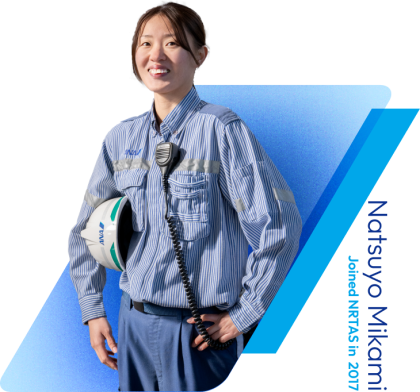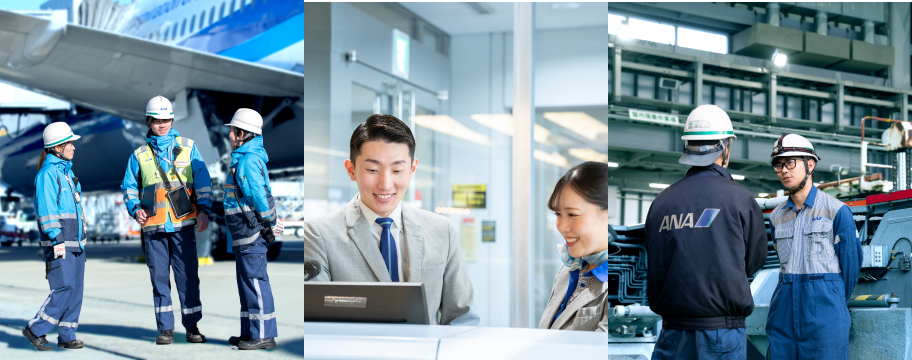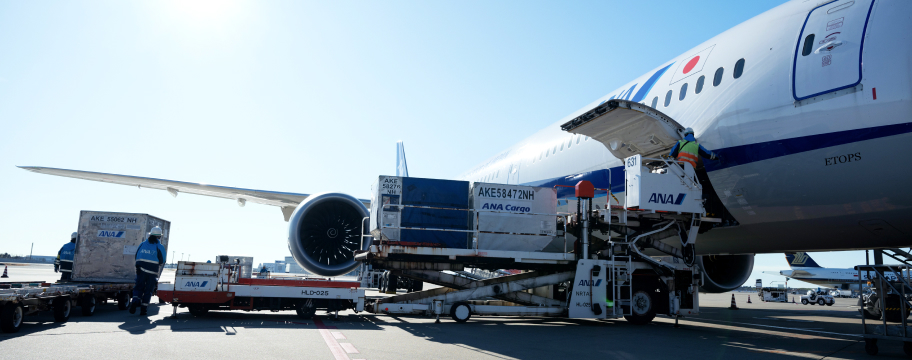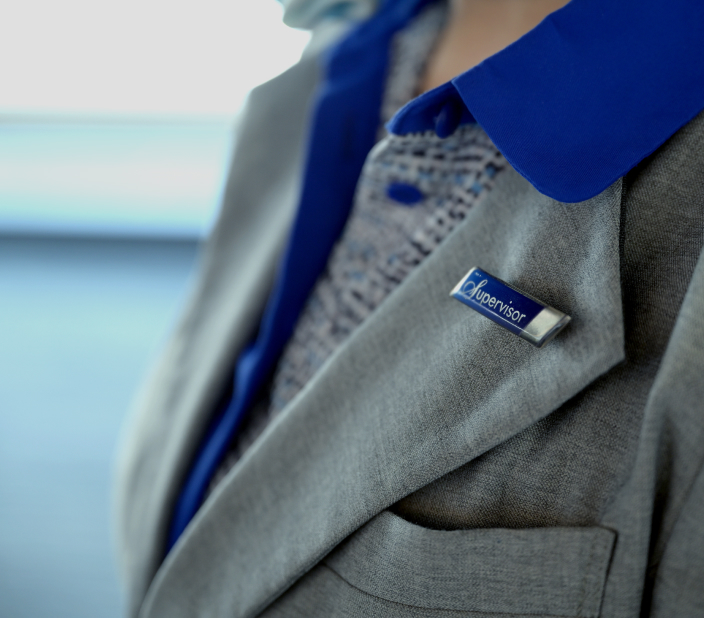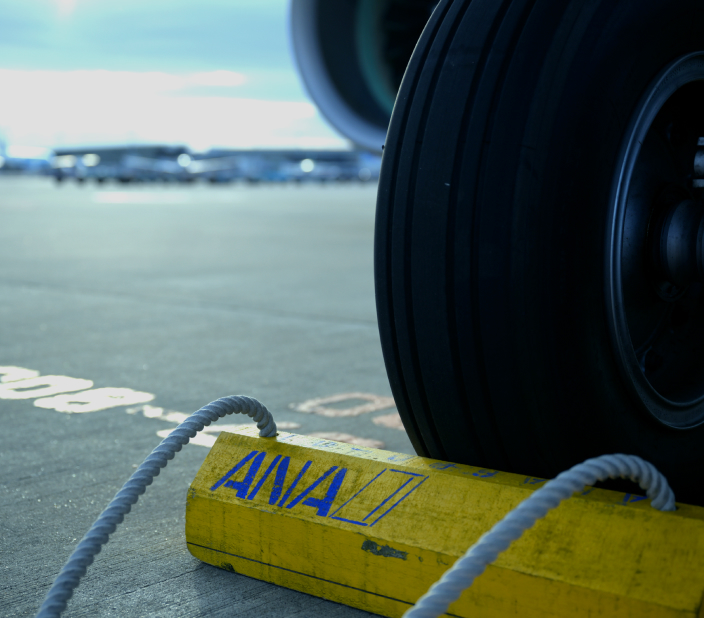Improving my skills,
making an all-team effort at Narita
Chikako Watanabe
Joined NRTAS in 2021
- Ground Handling
- New graduate recruiting
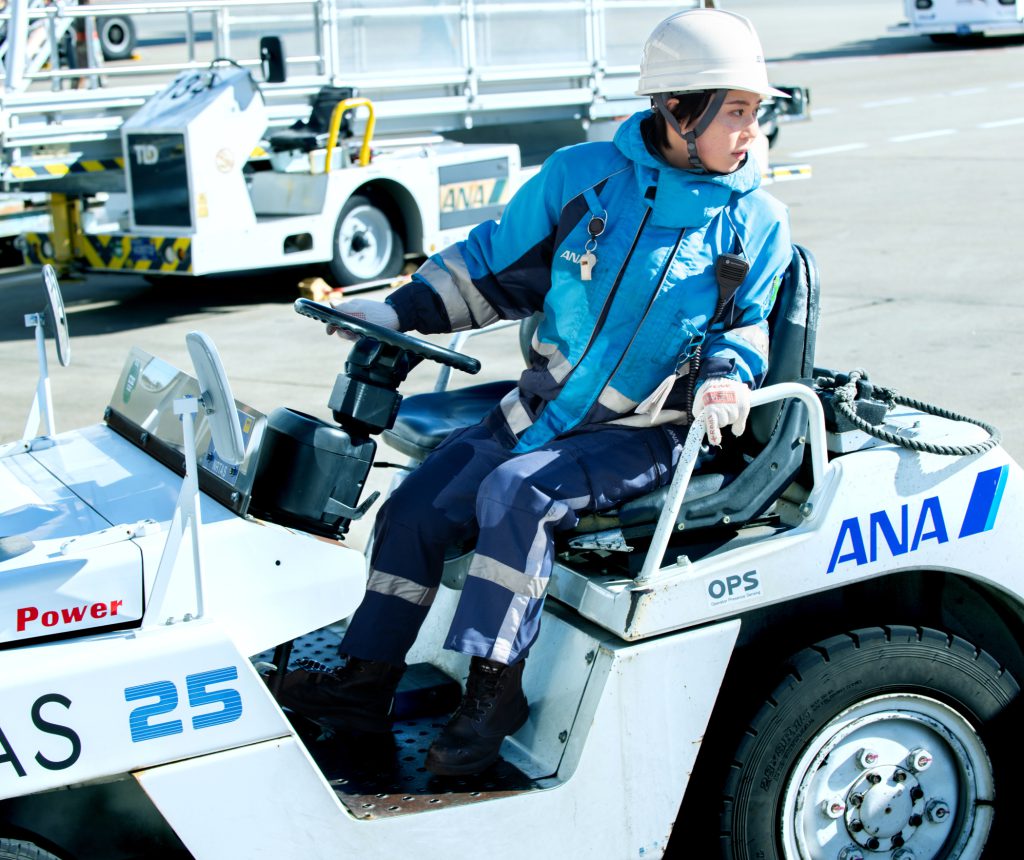

I want to learn the best of the best
handling skills at Narita.
I’ve admired the aviation industry since I was a child, so I narrowed my job search down to the aviation industry. I was drawn to ANA and debated whether I should work at Haneda or Narita, but was attracted to Narita as it handles the largest volume of cargo in Japan and I would be able to gain experience with freight flights (cargo aircraft) there. I participated in multiple company briefing sessions during my job search, and NRTAS’ friendly atmosphere was the deciding factor for me. I’m currently involved in handling operations for PAX flights (passenger aircraft) and freighter flights. My work includes loading and unloading cargo and luggage, marshalling to guide the aircraft into parking position, filling aircraft water tanks and attaching and detaching the passenger boarding bridge (PBB).
I’ve obtained the standard qualifications for the basic work operations in my third year with NRTAS, but more than 100 qualifications are required to be able to perform all the duties, including being the supervisor called the Road Master, who’s responsible for airside safety operations, and being the Headset Operator for foreign airlines, who communicates with the cockpit and supports arrivals and departures. I only have about half of these qualifications so far. I’m still studying daily, as different qualifications are needed for the different aircraft used in freighter flights, but every day brings something new and I know that I’m learning and growing.
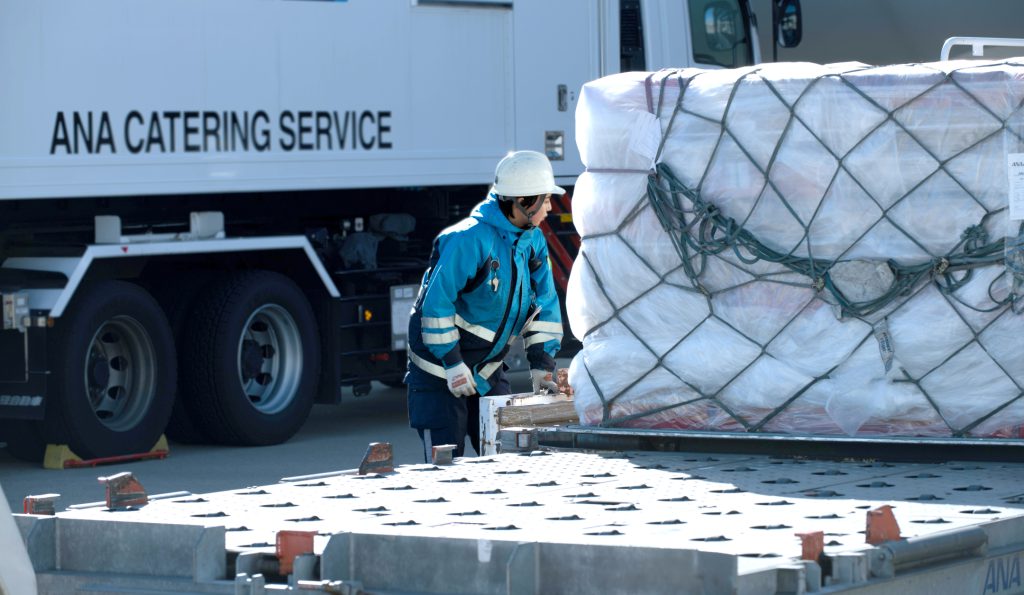
Teamwork is key,
especially when an arrival is late.
I had a hard time attaching equipment to aircraft, so I practiced over and over until I could do it. It takes quite a bit of skill to attach equipment so that it is perfectly parallel and level without damaging the aircraft, when being off by even a few centimeters is not permissible. I practiced attaching the PBB for passengers to embark and disembark aircraft many times on aircraft not scheduled for service with the goal of completing the task within a set time limit. Recently I’ve finally gotten used to doing it. It’s actually one of the more difficult operations in ground handling. People have different levels of proficiency, and I had to work really hard so that I didn’t fall behind the others.
The moments when ground handling’s teamwork is tested the most are when flights come in late. We attach and detach equipment to the aircraft and use a special vehicle called a high lift loader to load and unload containers and pallets with cargo from the cargo holds of passenger aircraft. We conduct various operations in parallel working in teams of around six people, and each person races against time to complete the operations quickly and safely. All of our hard work pays off when we get to see the flight leave on time. I feel satisfied and relieved when we’ve done this and get to the moment where we’re waving goodbye from the ground to the passengers in the aircraft.
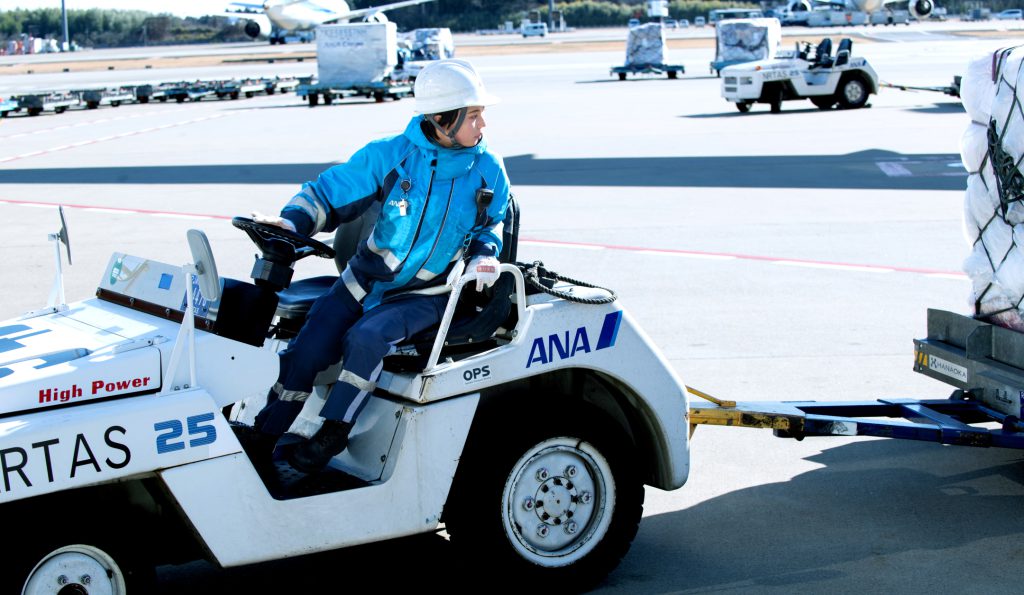
I want to better communicate
the appeal of ground handling work.
In my second year at NRTAS, I volunteered to get involved in BLUE SKY NEWS, the PR magazine produced by ANA Group. I remember that the explanation of ground handling work was technical and hard to understand at the company briefing I went to when looking for a job. Partly because of that, I want to get people interested in this work by communicating to more people in more appealing ways the importance of this job and what it feels like out on the ramp.
As part of this, we’re using videos to show people what our work is about. We’re planning and producing videos to convey in fun ways what really happens behind the scenes, while working through how we can make the information easy to understand and memorable for viewers, what props we should use, and throwing around different ideas in the editing team. Maybe we’ve been successful, because I heard from a junior peer that they decided to work for NRTAS after watching the videos during their job search. This made me really happy.
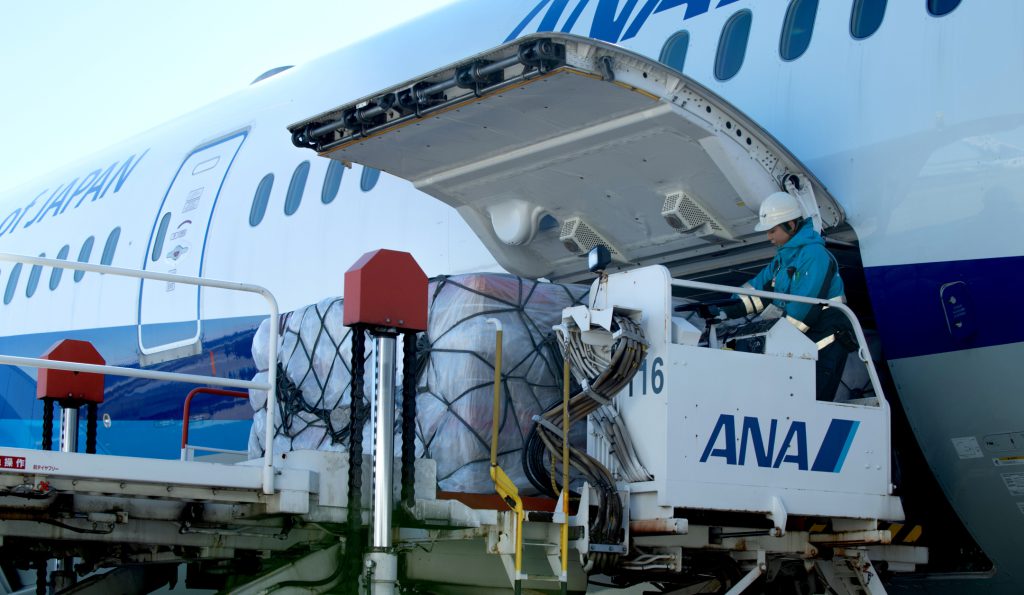
Ensuring safety
with a culture of call and response.
Ground handling works in areas where a moment of carelessness can result in injury, and where hazards are always around. So in our department, we’ve established a culture of what we call “assertion” (a communication skill), where we use call and response in various situations to keep each other safe. We also use what we call “good job cards” to show appreciation to each other, and I try to use the cards often to convey my appreciation. I feel like regularly showing interest in what each other is doing builds team unity as well as morale.
Depending on the company that owns the aircraft and their destination, not only do the aircraft come from different countries and cultures, the detailed rules for them are also different. This makes it even more vital that we share all the information in our team and always keep it up to date. While it may not be readily visible, building this communication behind the scenes supports safe and smooth operations.
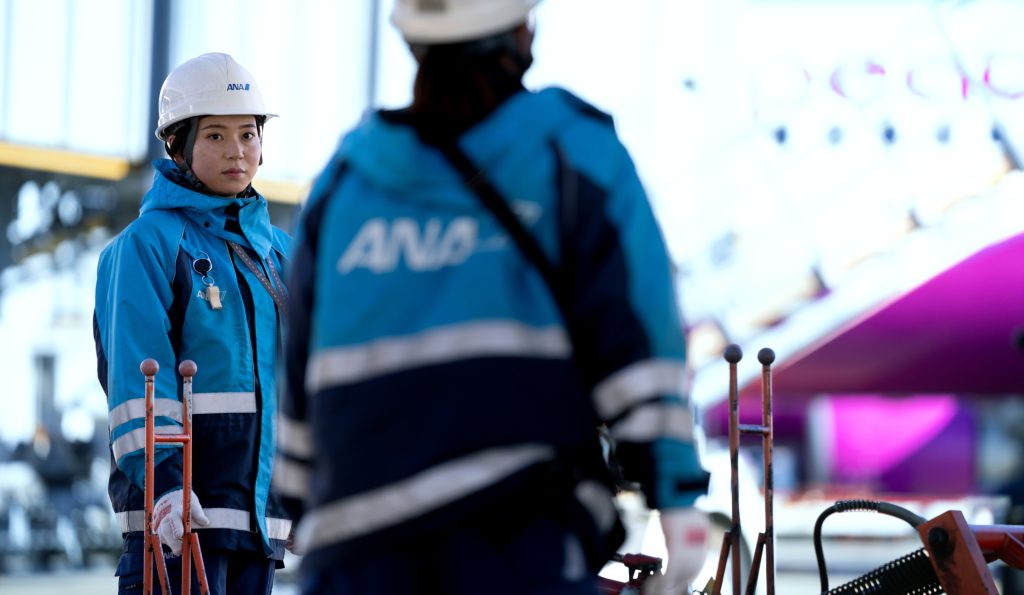
A fascinating city that is both international
and retains its traditional Japanese charm.
I’ve also finally gotten accustomed to living in Narita. I’m originally from Ibaraki Prefecture, but I commuted to Narita as a student, too. I’m fond of the city, in part because I came here before joining NRTAS. Narita feels like an interesting city. With the airport here, a lot of buildings have a foreign feel to them and restaurants lean international, serving cuisine from Asia and Europe and so on. At the same time, Narita has retained a lot of historical Japanese architecture, including Naritasan Shinsho-ji Temple, so it’s an exciting place. There are lots of festivals and events in summer that I often go to with other NRTAS colleagues who were hired at the same time as me. The fireworks we can see from the airport apron are always beautiful no matter how many times I see them. There are also supermarkets and movie theaters in my neighborhood, which make Narita a convenient place to live. Being able to relax and enjoy my private time also makes NRTAS an attractive place to work.
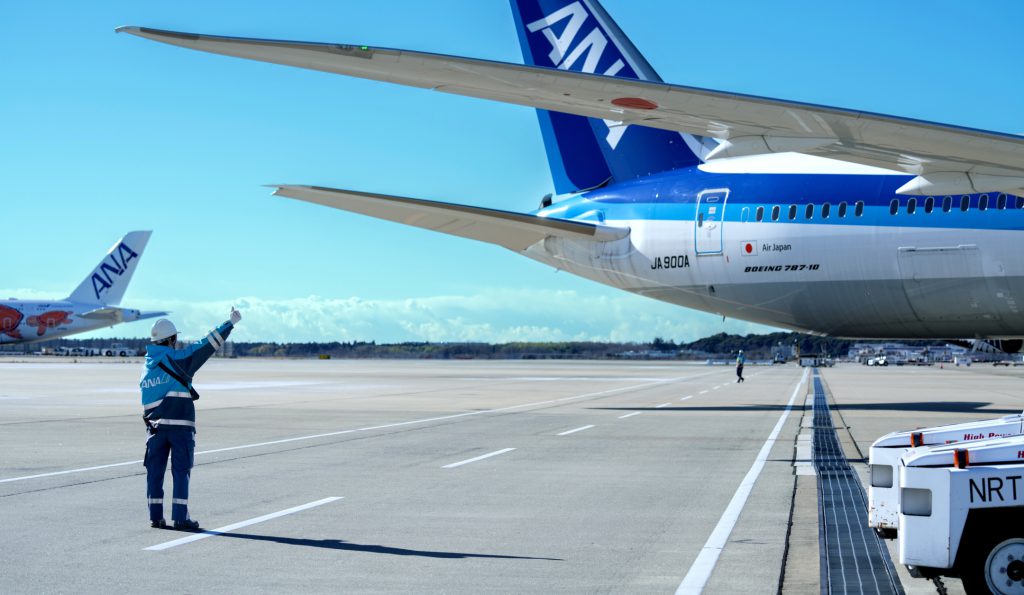
Day
Schedule
-
5:00
Arrive at work
I change into my work uniform, take the alcohol test in the morning meeting room, and attend the morning briefing.
-
5:30
Go to the office
I go to the office in the ramp, check my assigned flights and perform the advance preparations.
-
6:00
Check the equipment vehicles
We split up and check the operation of all vehicles to be used that day.
-
12:45
Load and unload assigned flights
Once the loading and unloading work is done, I do office work.
-
13:00
Finish work
I return to the office, change clothes and finish work.

Places
My favorite parts of Narita
-
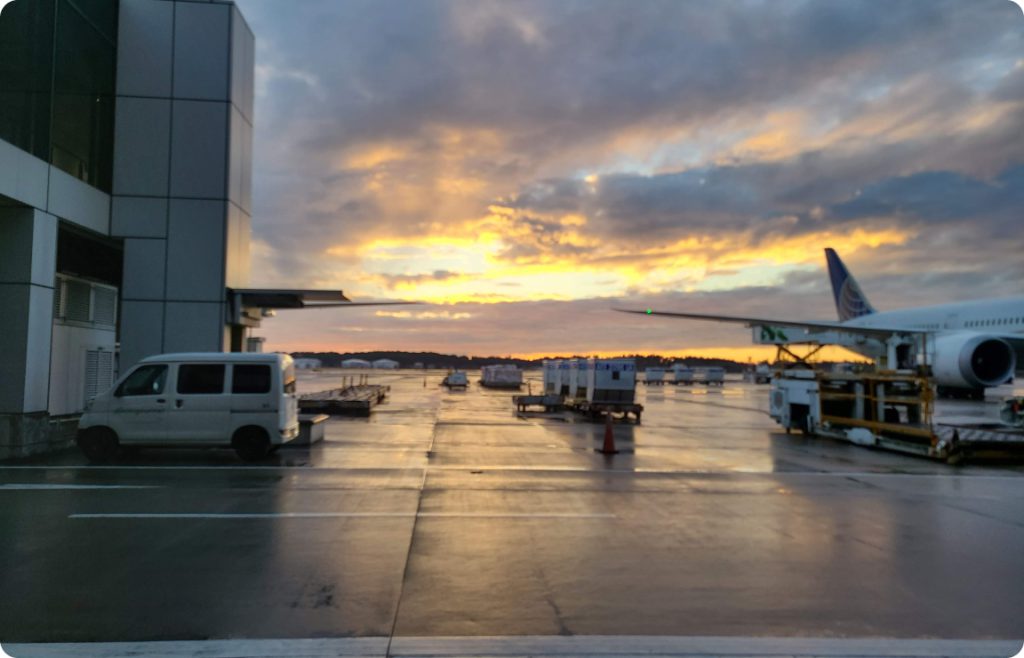
Satellite 3 spot on the odd-numbered side
The sunset is beautiful, and arriving and departing aircraft can be seen up close.
-
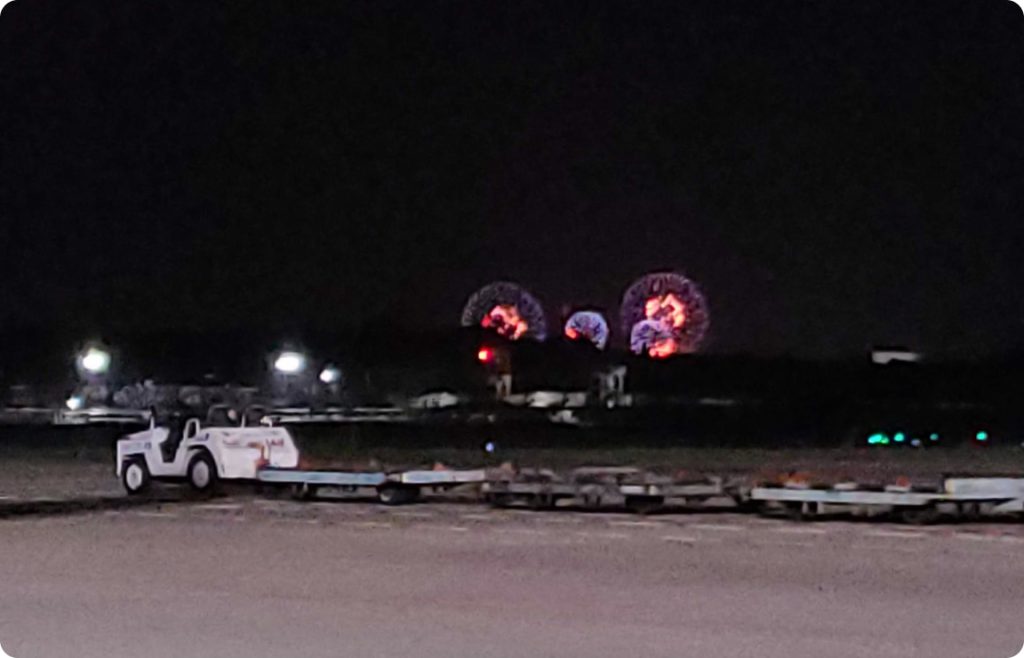
Spot area of 220 watcher’s seat
The fireworks look gorgeous over the runway during Narita City’s fireworks festival.
-
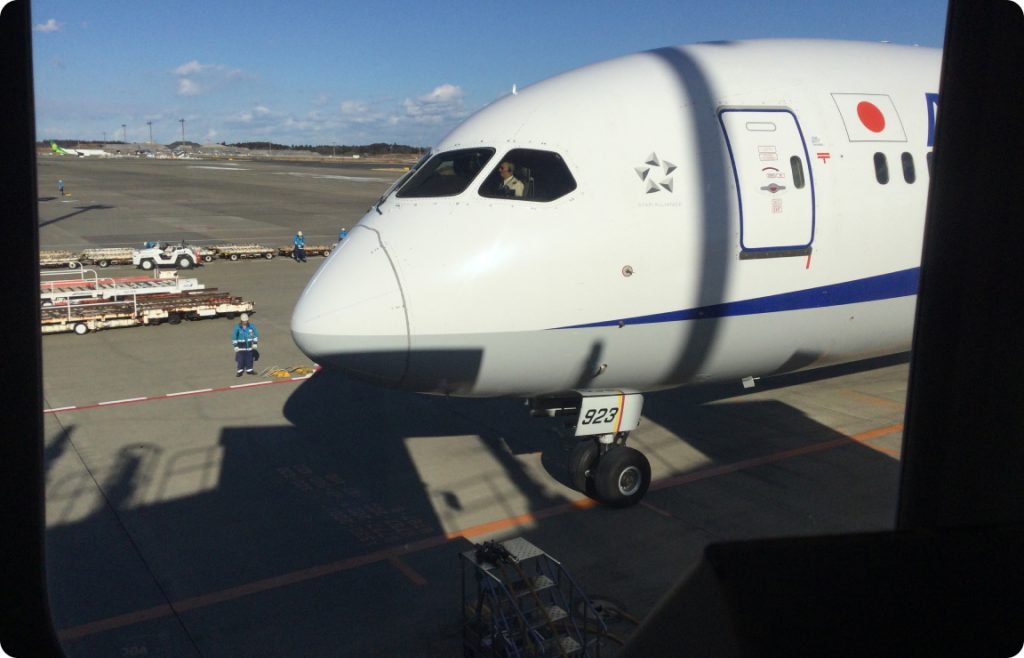
PBB before arrival
Seeing aircraft up close just before block-in (full stop) is thrilling.


Leading ANA’s international flight operations, NRTAS is aiming for new heights.
NRTAS will create the new era.




